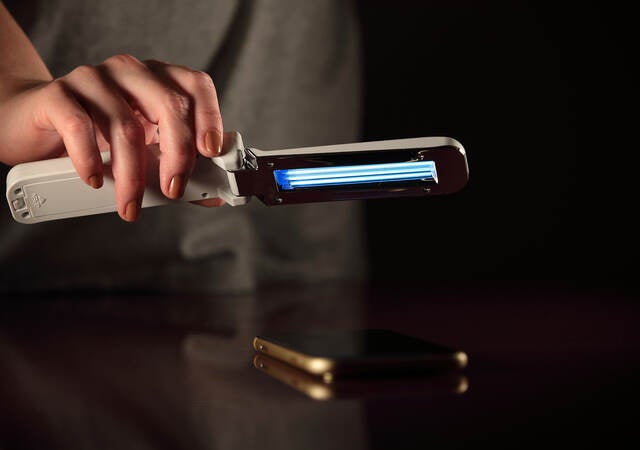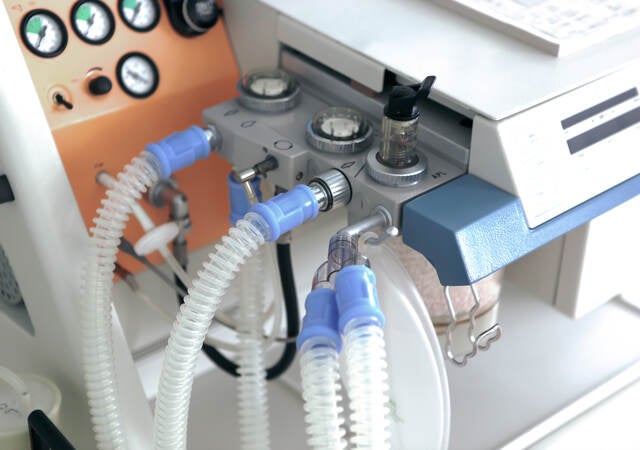May 13, 2024
By Amelia Boldrick and Oliver Eikenberg
On April 15, 2024, the Medical Device Coordination Group (MDCG) released a new guidance document; MDCG 2024-4 Safety Reporting in Clinical Performance Studies of in Vitro Diagnostic (IVD) under the EU IVD Regulation (2017/746, IVDR). The guidance provides an in-depth look at safety reporting requirements for IVD performance studies under the IVDR. It introduces a tabular performance study Summary Safety Reporting (SSR) form in a separate appendix (Excel spreadsheet, v1.0).
Currently, from the IVDR date of application on May 26, 2022, Serious Adverse Event (SAE) reporting will be sent to competent authorities of the member states (or submitted via national databases), until EUDAMED is fully functional. Once EUDAMED becomes fully functional and mandatory, the reporting will occur during the EUDAMED Module “Clinical Investigations and Performance Studies”, which will automatically notify the member state competent authorities electronically.
The reporting so far has been based on the guidelines published for clinical investigations, MDCG 2020-10/1 Rev.1 Guidance on Safety Reporting in Clinical Investigations and MDCG 2020-10/2 Rev. 1 Appendix: Clinical Investigation Summary Safety Report Form.
Performance studies and report types
MDCG 2024-4 outlines the types of clinical performance studies subject to safety reporting and the types of reports to be submitted. Notably, there are cases where a clinical performance study SSR form and a Manufacturer Incident Report (MIR) are required.
Here, MDCG 2024-4 clarifies that in addition to the adverse event reporting obligations of the study sponsor per IVDR Article 76 for adverse events that occur during performance studies, the device manufacturer is responsible for post-market surveillance and vigilance obligations for the CE Mark device per IVDR Articles 82-83. This requires adequate QMS procedures for vigilance reporting to meet the obligations from IVDR Article 10(8) k and 10(12).
The guidance clarifies that any clinical performance study or post-market performance follow-up (PMPF) study requires the active involvement of the device manufacturer next to the study sponsor to cover not only vigilance reporting for all occurring scenarios inside the clinical performance study (or PMPF study), but also vigilance scenarios affecting the manufacturer’s devices placed on the market (if CE-marked).
|
IVDR Performance Study Type |
Report Type(s) |
|
Article 58(1)
|
Sponsor: SSR
|
|
Article 58(2)
|
Sponsor: SSR
|
|
Article 70(1)
|
Sponsor: SSR* Manufacturer: MIR†
|
|
Article 70(2)
|
Sponsor: SSR Manufacturer: MIR†† |
|
Sponsor: SSR |
* When no causal relationship has been established the sponsor does not have to submit an SSR
† Manufacturer is responsible for incidents that caused or may have caused a serious incident
†† Manufacturer is responsible for serious incident reporting, whether or not the device is used within the scope of its intended purpose.
Two reporting paradigms
It is clarified that SAEs that occur during clinical performance studies and vigilance associated with IVDs compliant to the IVDR and placed on the market and used as intended, need to be reported as an SSR or MIR respectively. When there is a PMPF study and the conditions of Article 70(1) or Article 70(2) are not applicable, the events would be reported as vigilance.
The IVDR Article 75(5) states that PMPF studies according to Article 70(1) may also result in vigilance reporting. The guidance further states that for PMPF studies (such as Article 70(1)), it can be possible that the manufacturer and or sponsor would need to submit both vigilance (MIR) and SSR. To our knowledge, this is the first time this dual reporting has been proposed.
Newly defined terms for performance studies
MDCG 2024-4 includes 23 term definitions applying to performance studies. Although most had been already included in the IVDR or previous documents and standards such as ISO 20916:2019 or MDCG 2020-10/1, the following (nine terms) are undefined in Article 2 of the IVDR: Adverse Device Effect (ADE), Anticipated Serious Adverse Device Effect (ASADE), Left-over sample, Malfunction, New Finding, Serious Adverse Device Effect (SADE), Specimen, Unanticipated Serious Adverse Device Effect (USADE).
Further, the following definitions appear for the first time in MDCG 2024-4:
New Finding: New information discovered as the result of an inquiry/investigation/test based on the event's occurrence. Follow-up from the event.
Study Procedure: Any procedure foreseen in the performance study (e.g. specimen collection) to investigate the device.
Concluding remarks
MDCG 2024-4 clarifies the correct terms required for safety reporting as well as the required reporting for different types of clinical performance studies or PMPF studies of IVDs under IVDR. Because safety reporting is a significant element of every clinical performance study plan or PMPF plan, this is under strong control during every ethical and authority review and, to our knowledge has often raised questions or misunderstandings when terms and requirements have not been systematically defined and followed. By using this MDCG 2024-4 manufacturers can now much better prepare their clinical planning.
To do this, we recommend that manufacturers as well as study sponsors conducting clinical performance studies and PMPF studies update their clinical quality procedures to align with these terms and conditions under IVDR. Specifically, if CE-marked devices are used in clinical performance studies or PMPF studies the vigilance information submitted to CAs and ECs must not only consider the reporting that occurs during performance studies but also meet the general vigilance reporting requirements applicable to the manufacturer per IVDR Articles 82-83 (including FSCA reporting).
The next revision of the eagerly anticipated revision of MDCG 2023-1 Questions and answers on vigilance terms and concepts, as outlined in the Regulation (EU) 2017/745 on medical devices is expected to cover vigilance considerations specifically for IVDs and is currently scheduled for release this quarter.
Request more information from our specialists
Thanks for your interest in our products and services. Let's collect some information so we can connect you with the right person.







